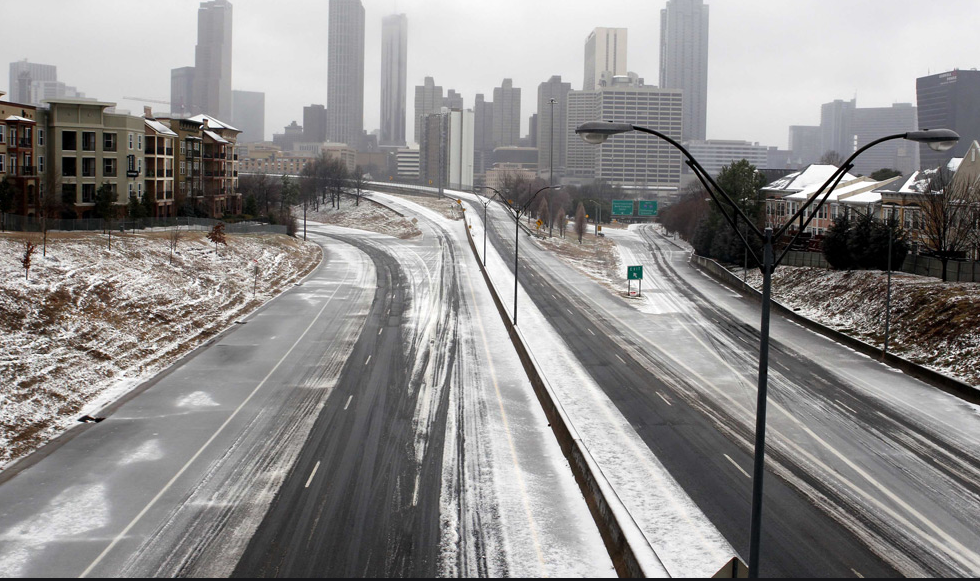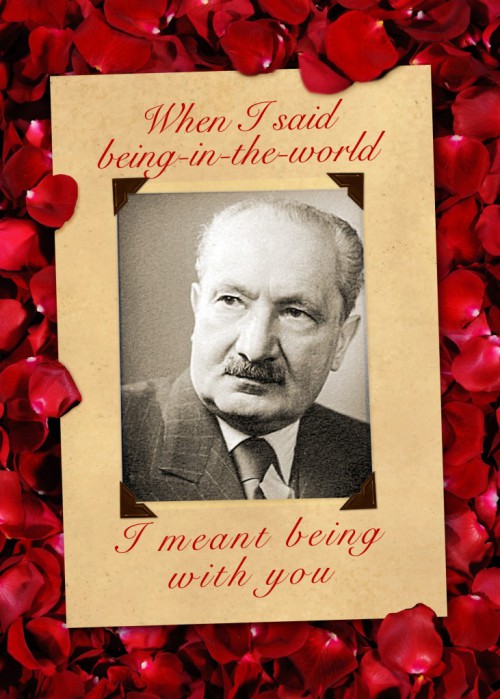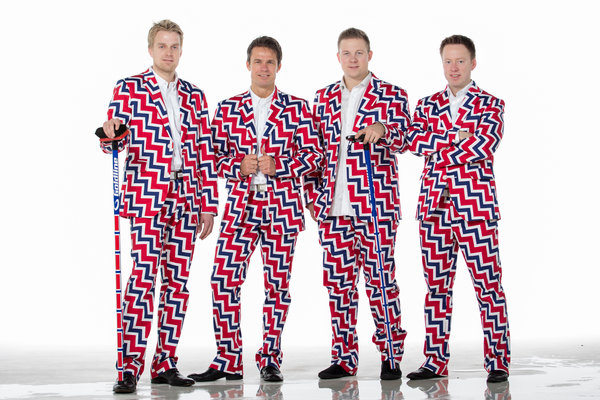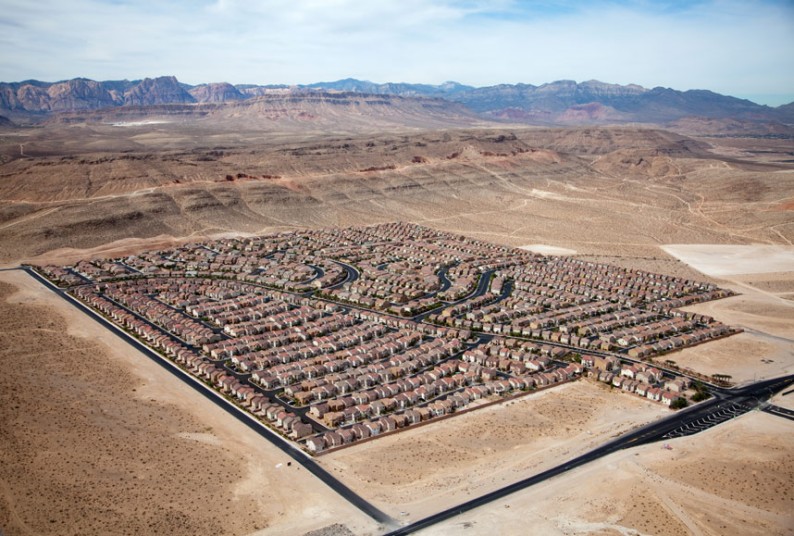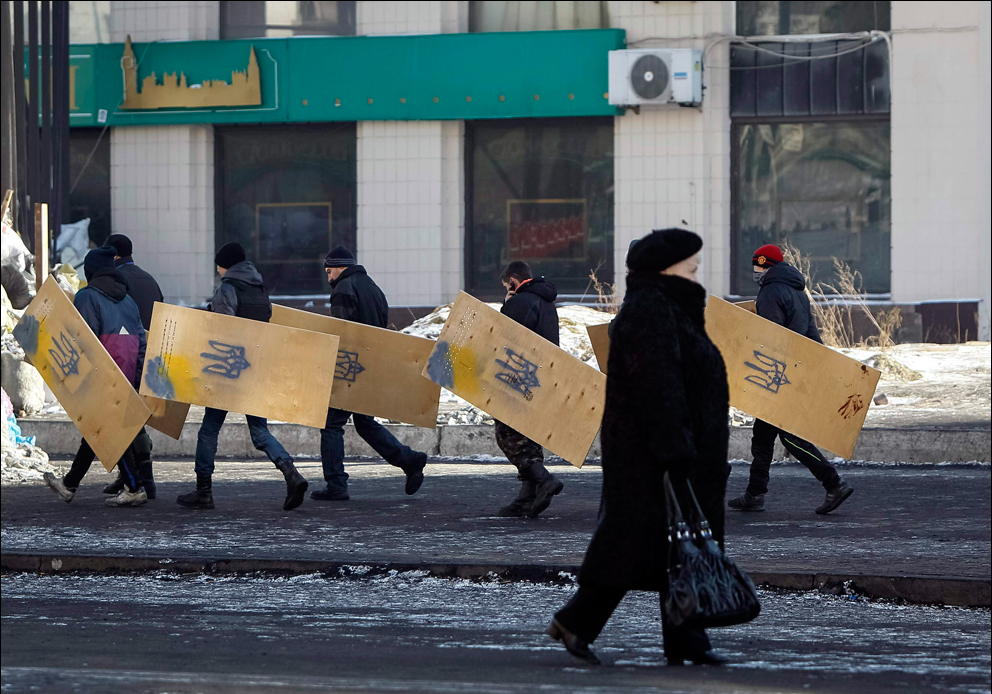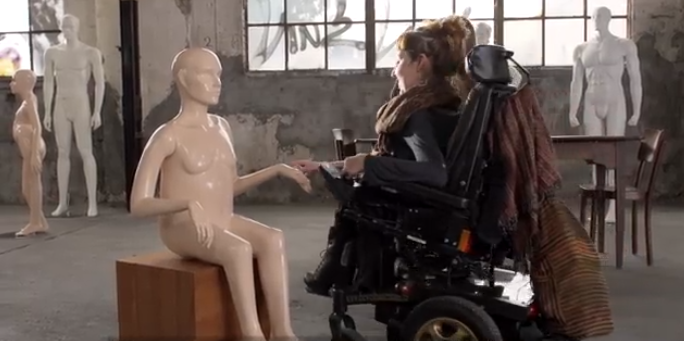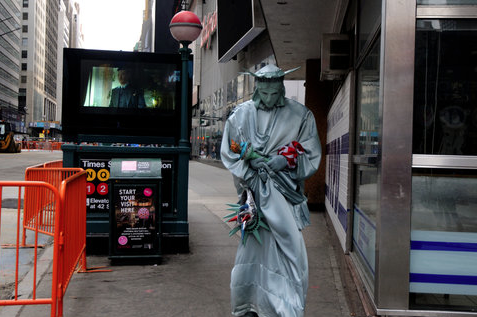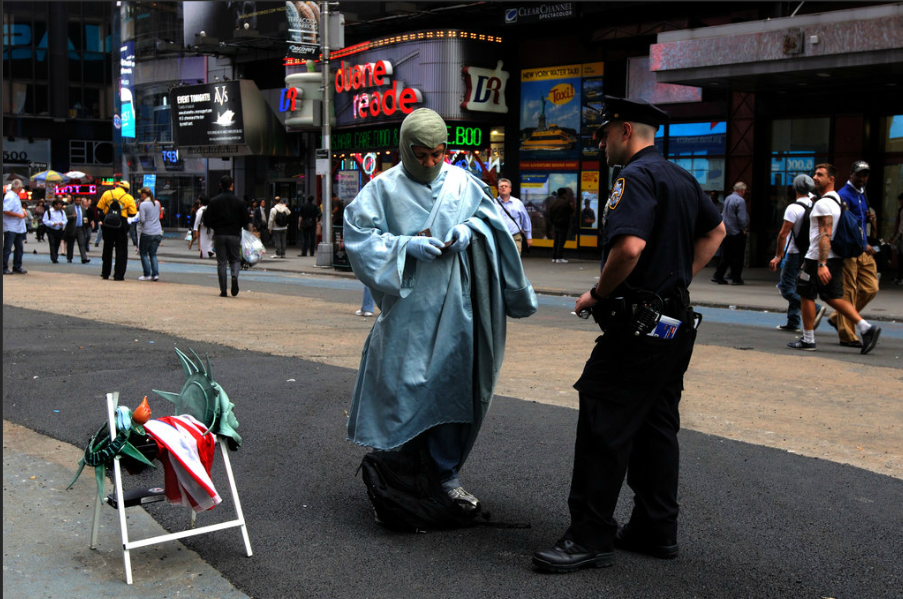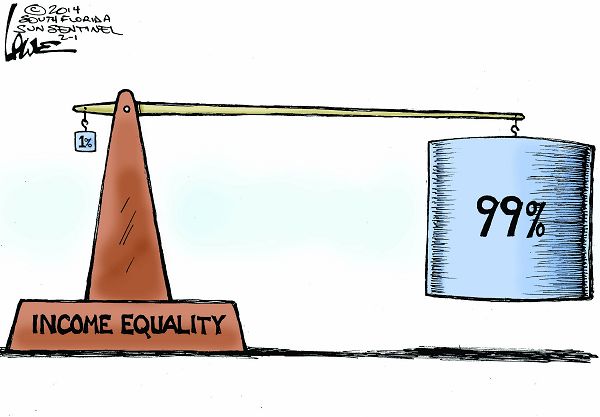The Sony World Photography Awards shortlist has been announced, and some of those entries are being showcased in slide shows. Doing so will build interest in the final decisions, but it also reflects interest already present. That interest extends not only to the photos but also into discussions about how they should be judged. Increasingly, the judging itself has come under scrutiny; as one example, one of the most viewed posts at this blog is on The Rhetoric of Prize-Winning Photographs.
To summarize the broader debate, winning photos have been declared to be too conventional, too safe, too much like previous winners, and too arty, while the contests have been faulted for elitism, cronyism, and selling out. All this is simply more evidence that photography has arrived–that its status as a public art is being taken seriously. Welcome to public debate, and by the way, what have you done for us lately?
Since the criticisms come from all sides, consistency is hardly a virtue, but what might seem to be contradictions need not be. Can something be both explicitly artistic and safe? Well, actually, yes. Are you likely to sell out if already comfortably elitist or networked? Well, yes, and by then it may even be second nature. But are the criticisms always right? No. And even when on target, should they be the last word on what criteria should be used to judge photography? Again, no. Not, that is, if we really are going to consider photography to be an important public art.
So let me take up briefly the concern that photography awards can favor artistry over other values such as documentary witness, hard-boiled realism, formal simplicity, or critical provocation. Of course, these are extremely important values, but we know that. The question is whether photographs should win awards for doing something else; something like this.
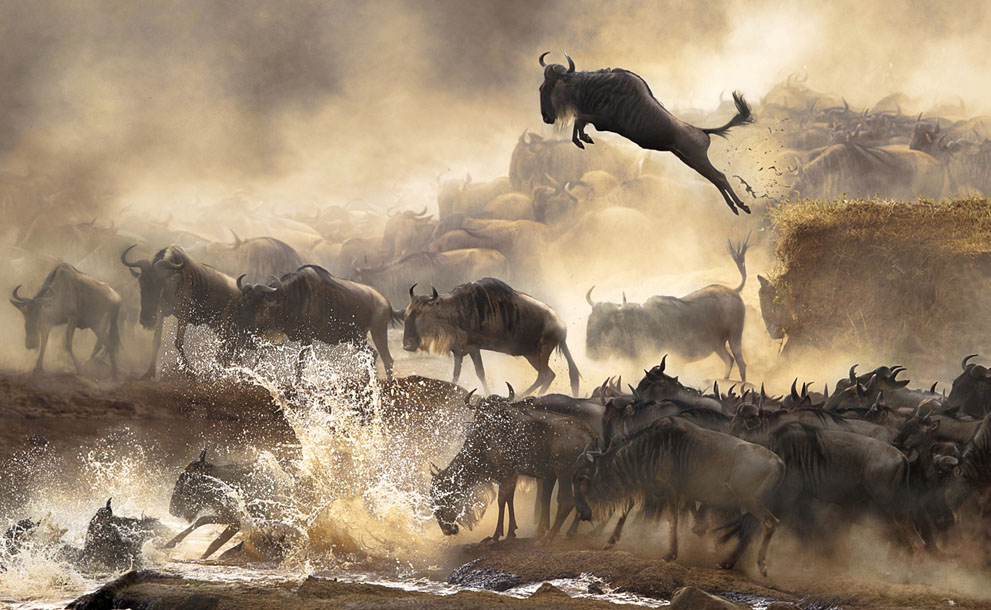
This is a scene from the annual wildebeest migration in Kenya. And it is a scene, a tableau, because this photograph looks very much like a painting. More to the point, it has a lot in common with the landscape painting of the Hudson River School of Thomas Cole, Asher Durand, and others who drew on Romantic aesthetics to capture the grandeur of nature. Using strong contrasts of light and shadow and movement and mass amidst a moody atmospheric haze, the composition suggests the enormous energies flowing through the land, water, herd, and sky, yet leaves their source or purpose illegible, as something that is too large to ever by captured by art alone. This combination of awe and futility is epitomized by the beast leaping from the high bank, soaring improbably but magnificently through the air. Perhaps he (or she) will stick the landing–I can’t help thinking of its similarity to an Olympic athlete–but the important fact is that the beast has to answer to crash’s law, the rough ground and uncertain fate of any animal having to survive in a harsh environment. Ultimately scenes such as that are not about the individual, save for the spectator, who is to marvel the powerful forces shaping the earth.
The romanticism goes further still, as the photograph can be seen as elegiac. The sublime offered the Hudson School a sense of consolation, for they were meditating on how nature was being lost to civilization: both displaced (destroyed) and forgotten. The same may apply here: as the space and water left to the wildebeest becomes more limited, their migration routes disrupted, their numbers reduced further by poaching and other predations. This beautiful photograph can hint at the dark finality of all of that, but its beauty also could be taken as a form of consolation, and with that an act of abandonment.
So why not just paint it? The cynical answer is that painting would take more skill than photography. If that’s your answer, go back to the studio and paint. For those who recognize that we are not in a zero-sum competition among the arts, the question still points in the right direction. Does the photograph offer anything that a painting would lack? And does the explicit artistry of this photograph–specifically, its painterly quality–add or detract from the distinctively photographic contribution?
Frankfurt School theorist Siegfried Kracauer defined photography as being shaped by two generative principles: “there is on the one side a tendency toward realism culminating in records of nature, and on the other a formative tendency aiming at artistic creations.” As he also noted, this tension generated aesthetic problems for the medium. He could have added that it explains the subsequent division in the road between documentary photography and fine art photography, as each developed one media capability or the other while trying to avoid problems that could, if not mastered, lead to either paralysis or mediocrity. But as Kracrauer correctly observed, the specificity of photography comes from the primacy of the realistic principle. Although “a minimum requirement,” it is almost absolute: photographs are expected to show something that was in front of the lens prior to the creation of the image. The more they deviate from this requirement, the more they become merely inventive, which is why fine art photography is inherently compromised: unlike the other arts, experimental optimization leads it away from its own medium.
Almost all photographs are not fine art photography, however, including those that are submitted to photo contests. The habitus of photography is capacious, and almost every photograph taken has some value beyond solely aesthetic value, and almost every photograph submitted for an award professes to show us something, not just about the art, but about the world. So it is that, outside of a fine arts context, the reality principle rightly holds pride of place, which in turn makes artistry suspect. Awards do bring the tension to the fore, however. If given only for documentary fidelity, the judges would soon have to be basing their decisions on the topics rather than the images themselves, or on purely formal criteria which, as Susan Sontag pointed out forty years ago, has become a “bankrupt” vocabulary for photography. So what is to be done?
Kracauer recognized that the imaginative and realist principles don’t have to conflict: indeed, the formative tendency “may help substantiate and fulfill” the realist tendency. In a nutshell, the judges for photography awards should be looking for exactly that conjunction. Artistry can be quiet or explicit, but it should bring the viewer to see, understand, and work out a relationship with a reality that might be overlooked otherwise. And, to get back to the question above, the photograph, because it is a photograph and not a painting, should be about a reality that exists regardless of human imagination, something having its own place and value in the universe beyond our limited ability to understand what that is.
Perhaps by imitating a painting, the photograph above can remind us that photography itself is not a mirror of nature, but rather one useful but still limited way of seeing. And by hinting at the limits of representation, the image may also call up more emotional or intuitive responses to the world. As Kracauer noted, the best photographic seeing “is of a kind which is closer to empathy than to disengaged spontaneity.” That is the difference between depicting a sudden leap into the air, and bringing you closer to the beast. Look at the photograph again and ask yourself, which is it?
Photograph by Bonnie Cheung/2014 Sony World Photography Awards. Quotations from Siegfried Kracauer, Theory of Film: The Redemption of Physical Reality (New York: Oxford UP, 1960), p. 12 ff., and Susan Sontag, On Photography (New York: Picador, 1977), p. 136. For the record, I’m not saying Cheung’s photo should win an award (or not win, either), only that it provides a fine example for public discussion of an important question about photographic excellence.
Cross-posted at BagNewsNotes.
1 Comment
